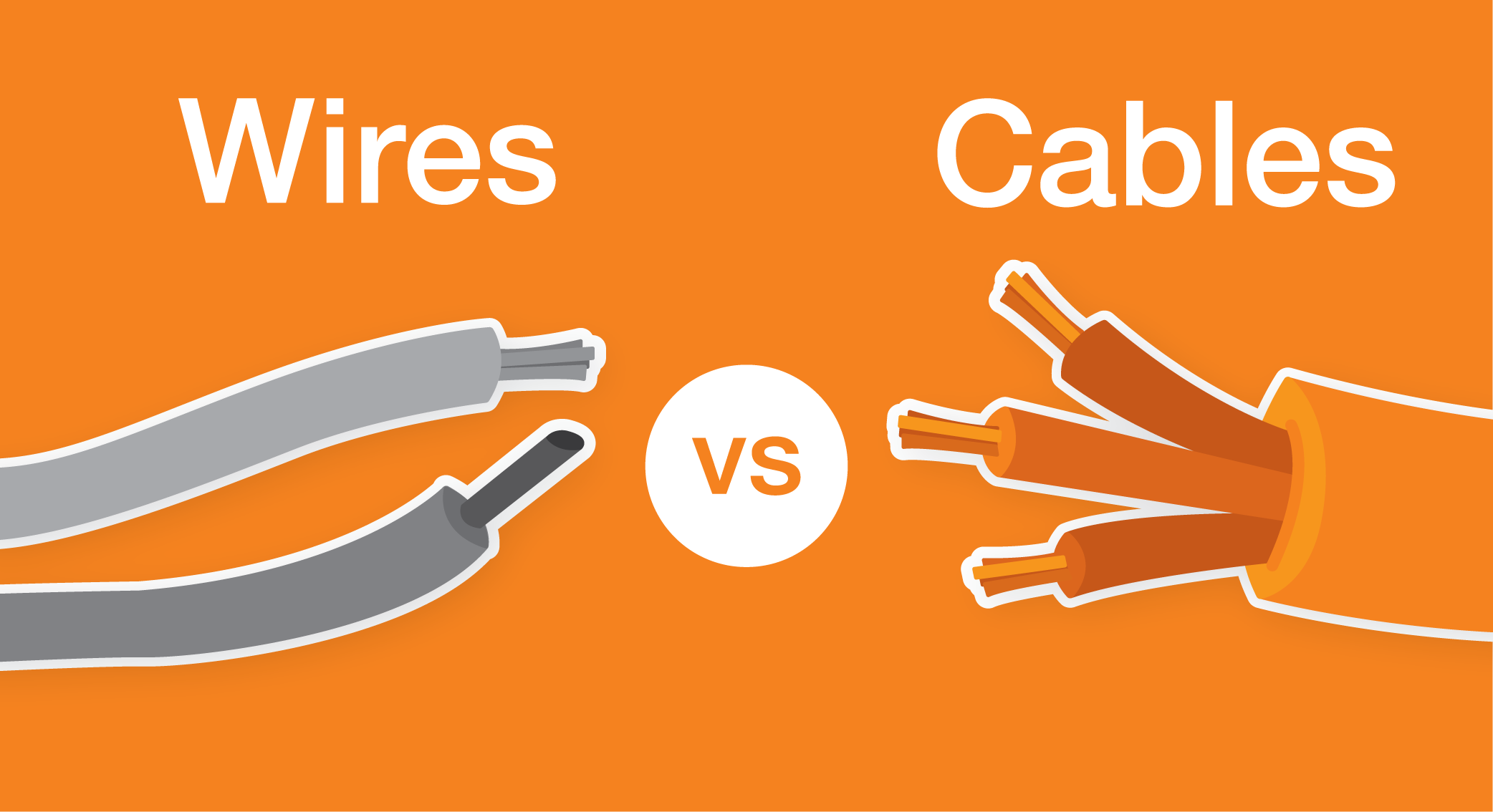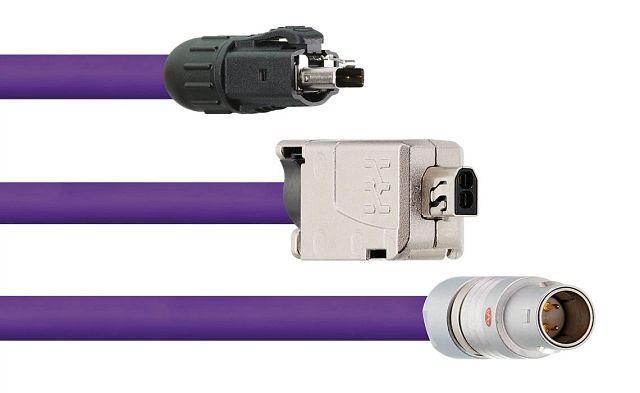Why Are There Ethernet Cables With 600V UL?
Before we turn to Ethernet cables with 600V UL, let’s take a look at Ethernet cables generally.
Ethernet is the most widely used standard for local area network (LAN) cabling. Although transmission rates of up to 400 Gbps are currently specified, a maximum speed of 40 Gbps is possible according to the current state of the art. Ethernet cables are divided into categories (Cat) from CAT3 to CAT8. While CAT3 is generally not used anymore, CAT5-CAT7 cable categories are common in the industry. CAT5e standard is still the most widely used in automation technology.

CFBUS.045
What is UL?
UL stands for Underwriters Laboratories, an independent organization in the U.S. This organization tests various products not only for compliance with established standards but also for safety. The safety requirements for fire protection in the U.S. are much stricter than in Germany. Only appropriately tested products are awarded the UL verification mark.
Specifications for fire protection requirements or wall thicknesses are verified in appropriate tests. Only those who meet these multifaceted requirements will receive the UL Style for their product.
The various UL test seals are not legally required, but they are globally recognized. The American and Canadian markets do not allow products without the appropriate UL certification.

Why are there different voltages at UL?
For energy supply systems, UL stipulates that all cables with different voltage classes that lie side by side in a cable guide, such as a cable rack or energy chain, must always be mechanically separated from each other. This can be achieved with appropriate sheet metal. Of course, meeting these standards involves lots of effort and, above all, expense.

The example of the cable rack shows that if all cables have the same voltage level, the cables can be laid side by side without this mechanical separation. This makes processing easier and reduces costs.
Things are similar in an energy chain, of course, where the UL styles must be separated (300V, 600V, and 1000V) with interior separators. Costs play a role here as well, but installation space does too in an e-chain®, which is why the interior separation is sometimes dispensed with.
Ethernet cables with 600V UL
For Ethernet cables with 600V styles, the concern is less operation in a 600V network. This voltage does not occur in an Ethernet system, and the cables are not designed for such high voltage. The background is the different UL voltage classifications – the cable with the higher style can be laid directly next to the other cables (a motor cable, for instance).

Visit our webpage to learn more about chainflex® bus cables, or contact our chainflex® Product Managerwith any questions.



